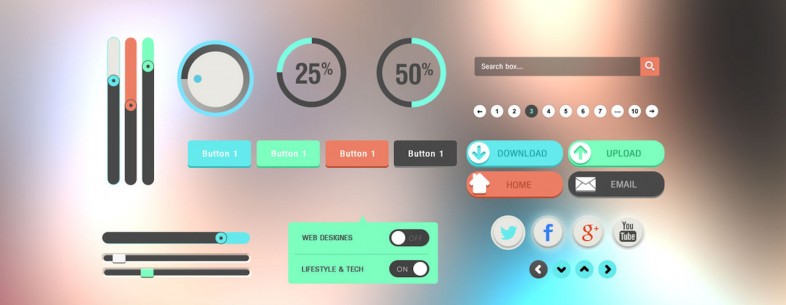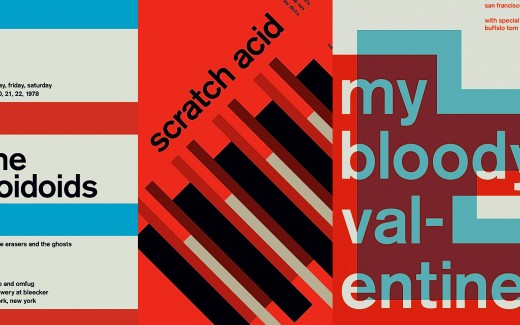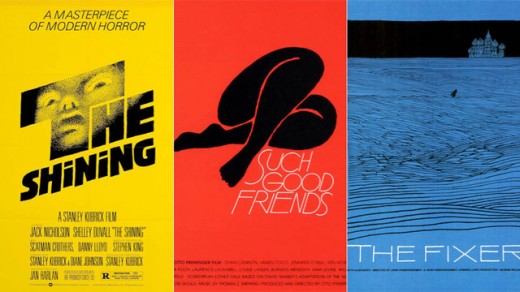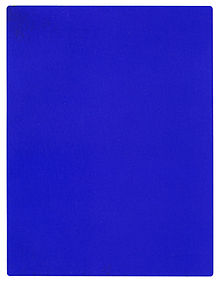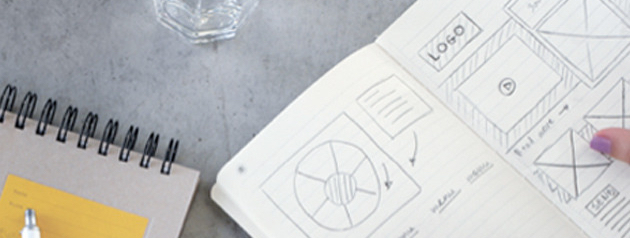Psychology, Usability, Design, Copy Writing & Analysis
Although, to be fair, I’m pretty sure Wikipedia’s UX pagewas written by a guy who heard about UX once… at that thing… that time…
****
1) Psychology
The mind of a user is complex. You should know; you have one (I assume). UXers work with subjective thoughts & feelings a lot; they can make or break your results. And the designer must ignore their own psychology sometimes too, and that’s hard! Ask yourself:
What is the user’s motivation to be here in the first place?
How does this make them feel?
How much work does the user have to do to get what they want?
What habits are created if they do this over and over?
What do they expect when they click this?
Are you assuming they know something that they haven’t learned yet?
Is this something they want to do again? Why? How often?
Are you thinking of the user’s wants and needs, or your own?
How are you rewarding good behaviour?
****
2) Usability
If user psychology is mostly subconscious, usability is mostly conscious. You know when something is confusing. There are cases where it is more fun if something is hard — like a game — but for everything else, we want it to be so easy that even a Miss Teen USA contestant could use it. Ask yourself:
Could you get the job done with less input from the user?
Are there any user mistakes you could prevent? (Hint: Yes, there are.)
Are you being clear and direct, or is this a little too clever?
Is it easy to find (good), hard to miss (better), or subconsciously expected (best)?
Are you working with the user’s assumptions, or against them?
Have you provided everything the user needs to know?
Could you solve this just as well by doing something more common?
Are you basing your decisions on your own logic or categories, or the user’s intuition? How do you know?
If the user doesn’t read the fine print, does it still work/make sense?
****
3) Design
As the UX designer, your definition of “design” will be much less artistic than a lot of designers. Whether you “like it” is irrelevant. In UX, design is how it works, and it’s something you can prove; it’s not a matter of style. Ask yourself:
Do users think it looks good? Do they trust it immediately?
Does it communicate the purpose and function without words?
Does it represent the brand? Does it all feel like the same site?
Does the design lead the user’s eyes to the right places? How do you know?
Do the colours, shapes, and typography help people find what they want and improve usability of the details?
Do clickable things look different than non-clickable things?
****
4) Copywriting
There is a huge difference between writing brand copy (text) and writing UX copy. Brand copy supports the image of the company. UX copy gets shit done as directly and simply as possible. Ask yourself:
Does it sound confident and tell the user what to do?
Does it motivate the user to complete their goal? Is that what we want?
Is the biggest text the most important text? Why not?
Does it inform the user or does it assume that they already know what its about?
Does it reduce anxiety?
Is it clear, direct, simple, and functional?
****
5) Analysis
In my opinion, most designers’ weak spot is analysis. But we can fix that! Analysis is the main thing that separates UX from other types of design, and it makes you extremely valuable. It literally pays to be good at it. So, ask yourself:
Are you using data to prove that you are right, or to learn the truth?
Are you looking for subjective opinions or objective facts?
Have you collected information that can give you those types of answers?
Do you know why users do that, or are you interpreting their behaviour?
Are you looking at absolute numbers, or relative improvements?
How will you measure this? Are you measuring the right things?
Are you looking for bad results too? Why not?
How can you use this analysis to make improvements?
****
****
1) Psychology
The mind of a user is complex. You should know; you have one (I assume). UXers work with subjective thoughts & feelings a lot; they can make or break your results. And the designer must ignore their own psychology sometimes too, and that’s hard! Ask yourself:
What is the user’s motivation to be here in the first place?
How does this make them feel?
How much work does the user have to do to get what they want?
What habits are created if they do this over and over?
What do they expect when they click this?
Are you assuming they know something that they haven’t learned yet?
Is this something they want to do again? Why? How often?
Are you thinking of the user’s wants and needs, or your own?
How are you rewarding good behaviour?
****
2) Usability
If user psychology is mostly subconscious, usability is mostly conscious. You know when something is confusing. There are cases where it is more fun if something is hard — like a game — but for everything else, we want it to be so easy that even a Miss Teen USA contestant could use it. Ask yourself:
Could you get the job done with less input from the user?
Are there any user mistakes you could prevent? (Hint: Yes, there are.)
Are you being clear and direct, or is this a little too clever?
Is it easy to find (good), hard to miss (better), or subconsciously expected (best)?
Are you working with the user’s assumptions, or against them?
Have you provided everything the user needs to know?
Could you solve this just as well by doing something more common?
Are you basing your decisions on your own logic or categories, or the user’s intuition? How do you know?
If the user doesn’t read the fine print, does it still work/make sense?
****
3) Design
As the UX designer, your definition of “design” will be much less artistic than a lot of designers. Whether you “like it” is irrelevant. In UX, design is how it works, and it’s something you can prove; it’s not a matter of style. Ask yourself:
Do users think it looks good? Do they trust it immediately?
Does it communicate the purpose and function without words?
Does it represent the brand? Does it all feel like the same site?
Does the design lead the user’s eyes to the right places? How do you know?
Do the colours, shapes, and typography help people find what they want and improve usability of the details?
Do clickable things look different than non-clickable things?
****
4) Copywriting
There is a huge difference between writing brand copy (text) and writing UX copy. Brand copy supports the image of the company. UX copy gets shit done as directly and simply as possible. Ask yourself:
Does it sound confident and tell the user what to do?
Does it motivate the user to complete their goal? Is that what we want?
Is the biggest text the most important text? Why not?
Does it inform the user or does it assume that they already know what its about?
Does it reduce anxiety?
Is it clear, direct, simple, and functional?
****
5) Analysis
In my opinion, most designers’ weak spot is analysis. But we can fix that! Analysis is the main thing that separates UX from other types of design, and it makes you extremely valuable. It literally pays to be good at it. So, ask yourself:
Are you using data to prove that you are right, or to learn the truth?
Are you looking for subjective opinions or objective facts?
Have you collected information that can give you those types of answers?
Do you know why users do that, or are you interpreting their behaviour?
Are you looking at absolute numbers, or relative improvements?
How will you measure this? Are you measuring the right things?
Are you looking for bad results too? Why not?
How can you use this analysis to make improvements?
****
